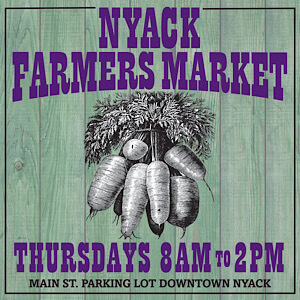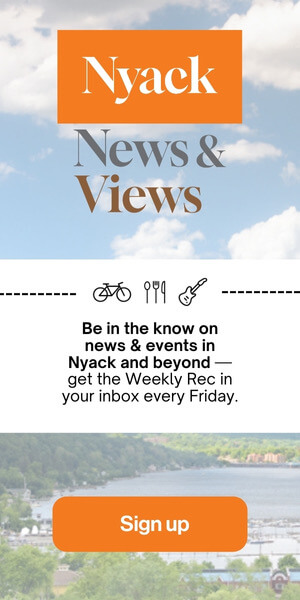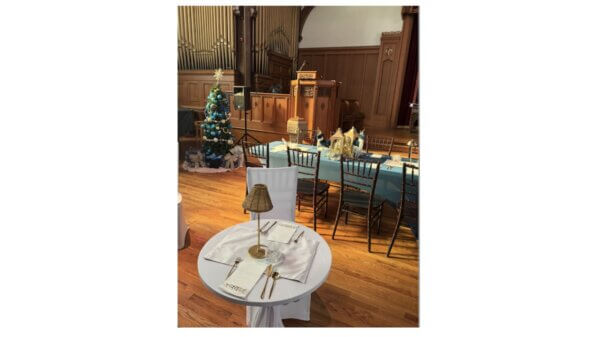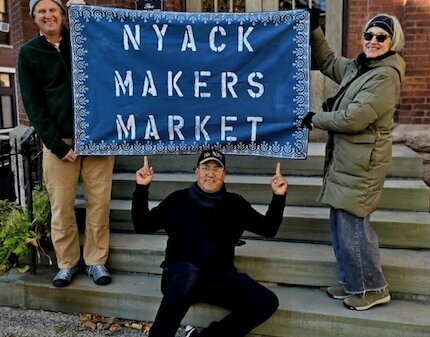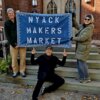With a feast of melons, crackers, corn, potatoes, and 20 kegs of clams, Sylvan Grove became an instant success. A brass band from Verplanck’s Point played into the afternoon. Visitors swam, boated, and danced until midnight on a wooden platform. This was the first festive day in 1873 at Sylvan Grove, an 11-acre Rockland Lake amusement and picnic park.
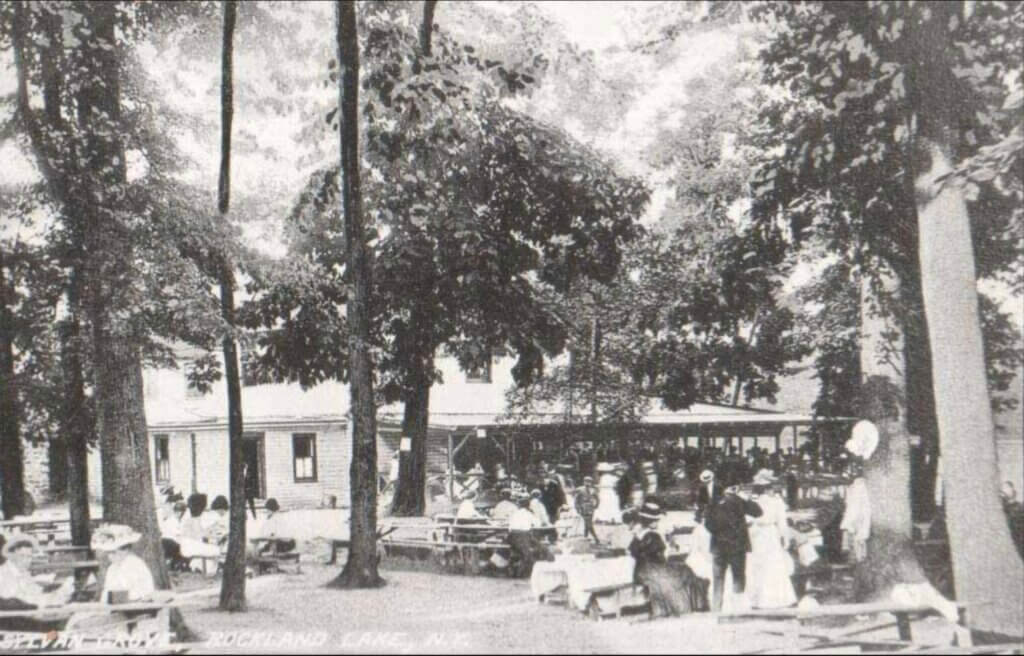
Located on the northwest side of Rockland Lake near a stream leading to Swartwout Lake, Sylvan Grove occupied the land where the Rockland Lake Nature Center stands today.
With dining pavilions, a baseball diamond, boating docks, stables, amusement rides, and later a bowling alley, Sylvan Grove became a prototype for the resorts, hotels, and dance halls that later appeared around Rockland Lake State Park.
In the days before Route 9W, visitors reached the park via stagecoach along a winding road over Hook Mountain, through the village of Rockland Lake, and downhill toward the grove.
Quaspeck Pond (Rockland Lake) and the Waterways of Rockland

An 1876 map highlights the tangled network of waterways and roads:
- The Hackensack River and Beast von Kill (later Kill von Beast) appear in yellow.
- Lakes and ponds show in blue.
- The winding road from Nyack to Sylvan Grove marked in orange, included a dramatic horseshoe bend still remembered today.
Beast von Kill flowed north from Quaspeck Pond before bending west and south forming one of the most northerly tributaries into the Hackensack River. The Swartwout family—who gained land forfeited by Tories—built a dam here for ice harvesting, creating Swartwout Lake, which remains visible today in Congers.
In 1890, the Boston Development Company built another dam downstream, creating what is now Congers Lake, which Clarkstown acquired in 1970.
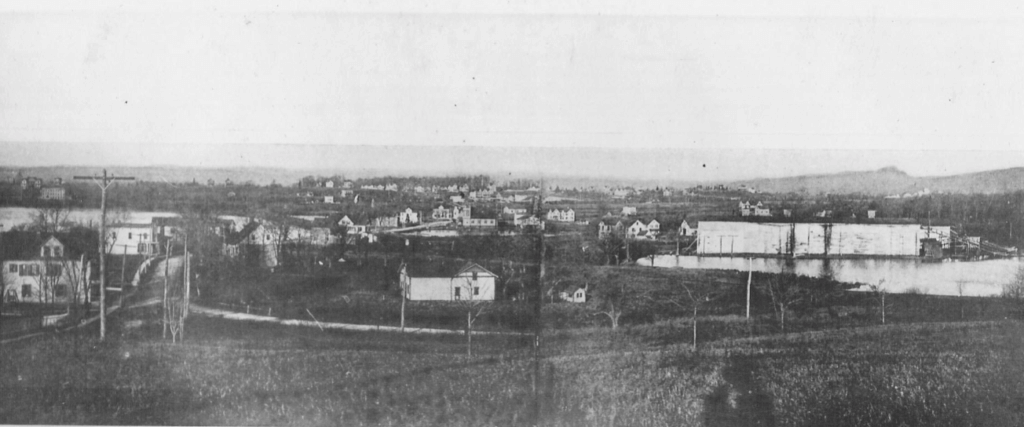
Further downstream on Mill Street, a colonial-era mill dam on Kill von Beast in Valley Cottage remains a local landmark. The stream joins the Hackensack River just above the modern-day Lake Deforest dam.
The Rise of Rockland Lake Village
Before it became known as Rockland Lake, the spring-fed body of water had earlier names. Officially, it was called Quaspeck (var), a name of unknown meaning derived from the Indigenous people of the region. Locals, however, most often referred to it simply as “The Pond”—a term commonly used during the Revolutionary War period and into the early 19th century.
That changed in 1831, when the Knickerbocker Ice Company was incorporated. With the rise of large-scale ice harvesting, the name Rockland Lake came to define not just the water but the surrounding village and its booming industry.
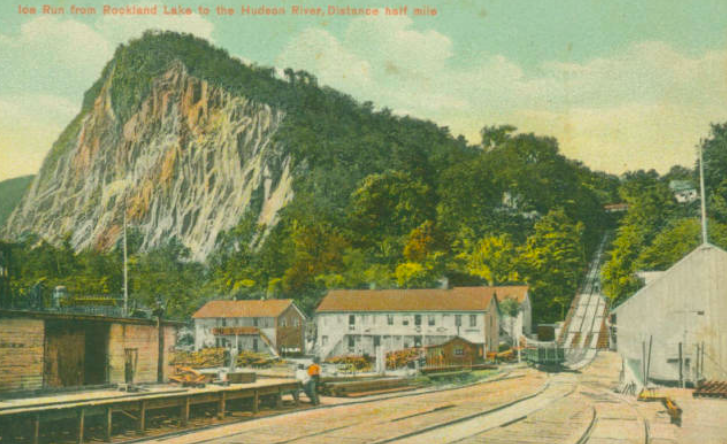
The company’s growth fueled the expansion of a small lakeside community. A narrow-gauge “ice train” ran through the heart of the village, hauling massive blocks of ice downhill to waiting barges at Slaughter’s Landing on the Hudson River.
In summer, Wilson Foss of Upper Nyack operated a rock quarry adjacent to the rail line, offering seasonal employment for Knickerbocker workers—though at the cost of scarring nearby mountain slopes.
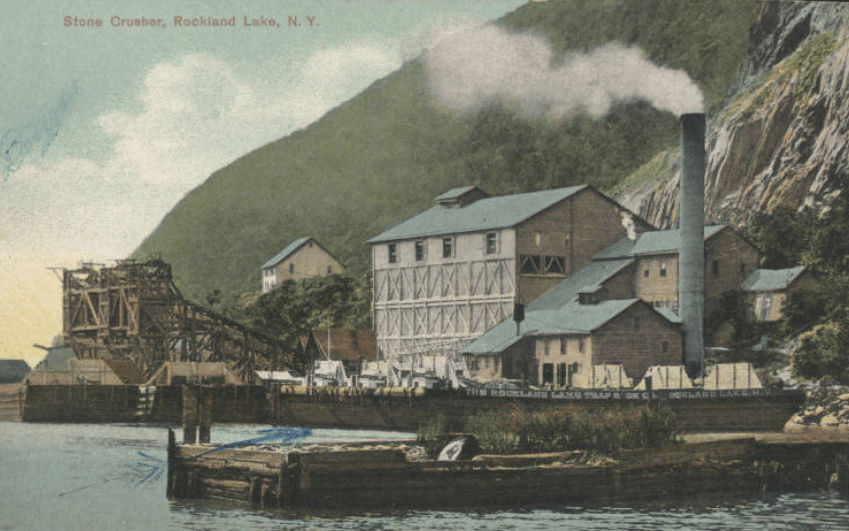
The Quaspeck Neighborhood
Historian Arthur S. Tompkins described a neighborhood known as Quaspeck along the lake’s south shore. By 1800, it hosted boarding houses and a lakeside hotel. Nyack residents came to fish and catch Rockland Lake’s legendary bullfrogs.
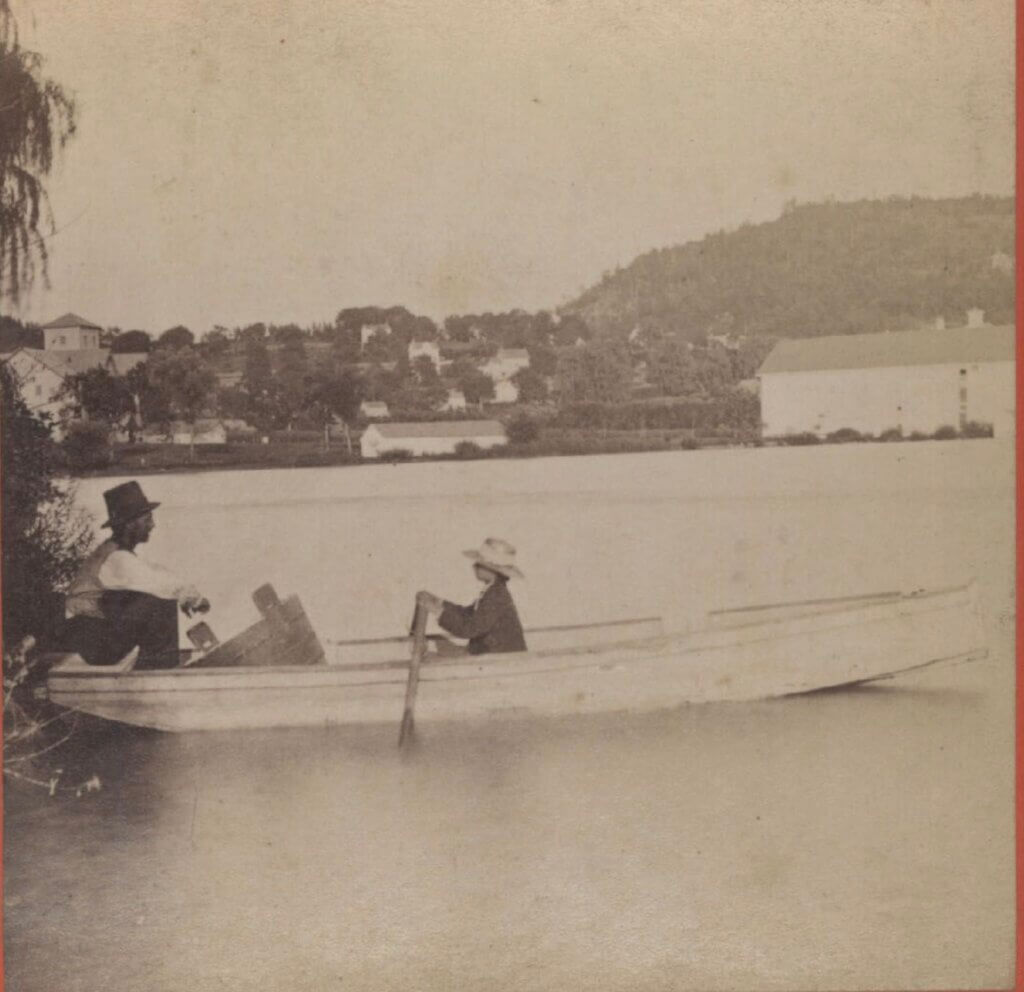
One local legend related by historian Frank Green tells of a formerly enslaved family whose home became a schoolhouse and church, so close to the water that children could fish from the windows.
By the early 20th century, the area featured the Quaspeck Park Beach Club and Quaspeck Casino, popular summer destinations for New Yorkers.
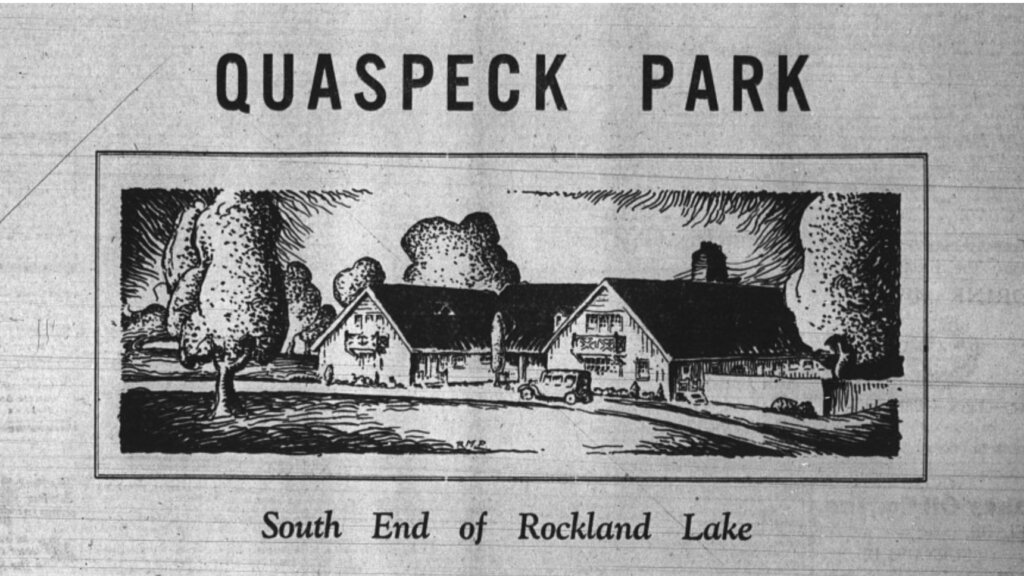
Getting to Sylvan Grove Was an Adventure
Before 9W provided direct access, travelers followed Native American footpaths that evolved into narrow carriage roads. The climb over Hook Mountain included a perilous switchback known as Barmore’s Horseshoe.

Today, you can hike this stretch by following the blue-blazed Long Path from Upper Nyack. The trail follows the old roadbed and still passes the famous horseshoe turn.
Alternate Routes to Sylvan Grove
Alternate routes to Sylvan Grove included:
- The West Shore Railroad, with a Congers station and later a spur to the grove.
- Steamboats at Rockland Lake Landing (first known as Slaughter’s Landing) on the Hudson River.
- A short-lived trolley from Haverstraw, which famously suffered a brake failure on its return trip down Short Clove Road.

In the 1920s, as car traffic surged, 9W was straightened and paved, providing easy automobile access directly to the park.
The Golden Years of Sylvan Grove
From the 1880s to the early 1900s, George Swartwout managed Sylvan Grove during its peak. Stables housed horses, boats were available for rent, and midweek dances drew large crowds.
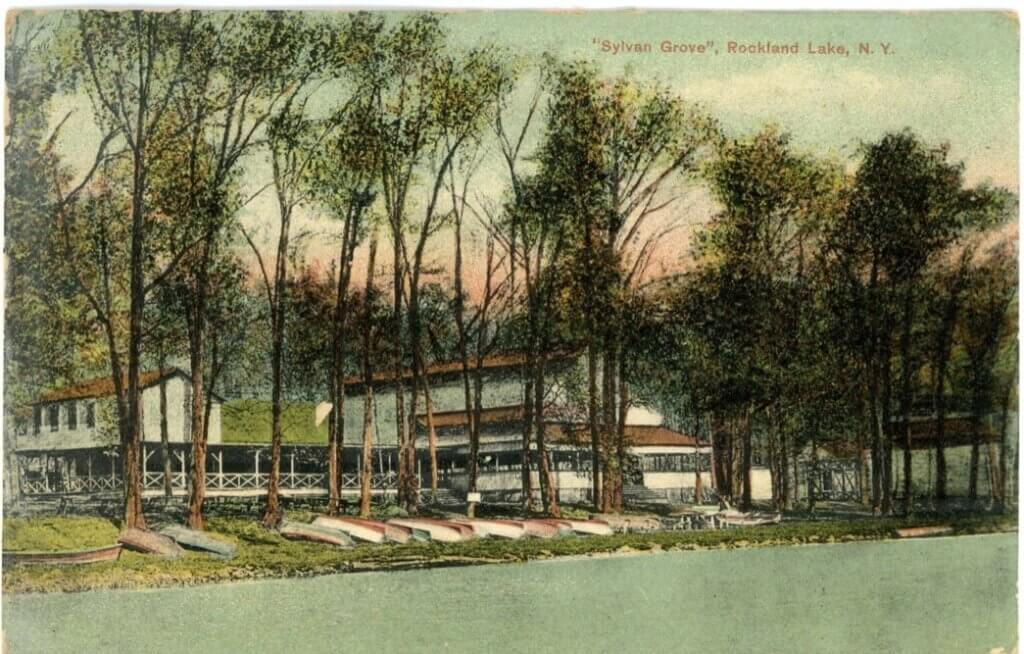
Groups from Jersey City, Hoboken, and beyond visited for contests, church outings, and fire company picnics. Vendors rotated through the restaurant, and amusements like a merry-go-round delighted visitors in the summer of 1894.
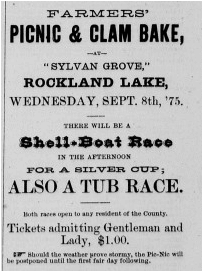

Though ads claimed the park was dry, alcohol still caused trouble. On July 4, 1897, a drunken brawl left a police officer injured, and one man sentenced to three years in Sing Sing. In 1909, the grove’s manager was charged with illegal Sunday liquor sales.
Decline, Fire, and Transition
By the 1920s, Sylvan Grove fell into decline. The Knickerbocker Ice Company shut down, and the once-busy dance pavilion and restaurant sat empty.
A dramatic fire—sparked in the condemned ice houses—consumed the grove’s bowling alley, sealing its fate.
As Sylvan Grove faded, new casinos and restaurants emerged along 9W. In the 1930s, the Palisades Interstate Park Commission (PIPC) leased part of the site for a gas station and lunch stand, preserving the land but ending its role as a destination resort.
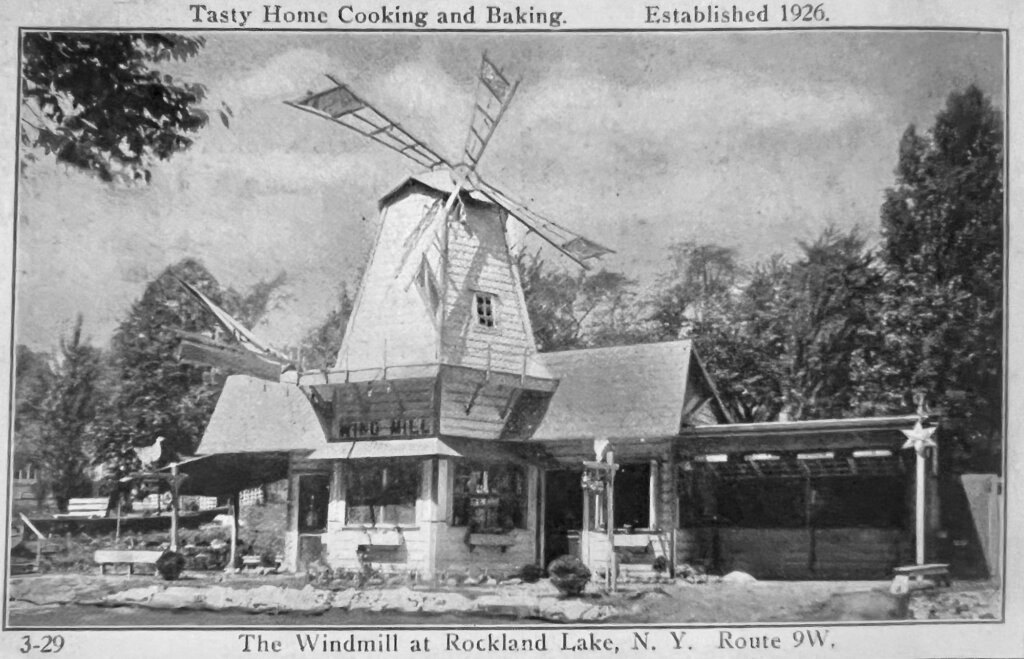
In the 1940s, Sylvan Grove briefly reemerged as a fishing haven. Docks, picnic areas, and boats for hire attracted locals. During wartime, a 5½-pound bass was famously caught near the docks.
In 1958, Nelson Rockefeller and the Rockefeller Foundation helped PIPC acquire 1,000 acres surrounding Rockland Lake. While this saved the area from development, it also meant the loss of hotels, cottages, and restaurants that once lined the lake.
Today, Rockland Lake State Park’s nature preserve stands where Sylvan Grove once thrived.
The Grand Rockland Hotel
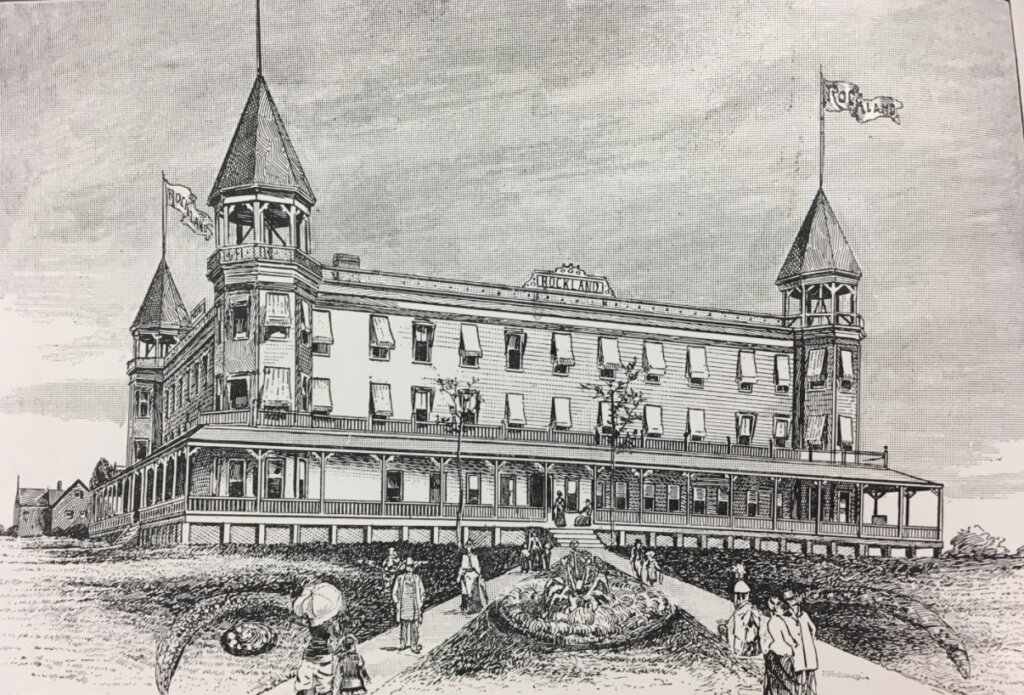
Built in 1892 by the Boston Improvement Company, the Grand Rockland Hotel exemplified the era’s optimism. Built just west of Sylvan Grove and perhaps inspired by its success, the hotel offered 50 rooms with views of both the lake and Hudson River, and advertised itself as “the healthiest place in America”.
A nearby casino on the lake perhaps shared with Sylvan Grove featured billiards, dancing, and a café. Endorsed by physicians for its healthful climate, the hotel promoted swimming, boating, and relaxation.
But just five years after opening, tragedy struck. The entire structure burned to the ground in a fire visible as far away as Nyack. Guests escaped in nightclothes, and one 63-year-old banker broke his leg leaping from a third-floor window.
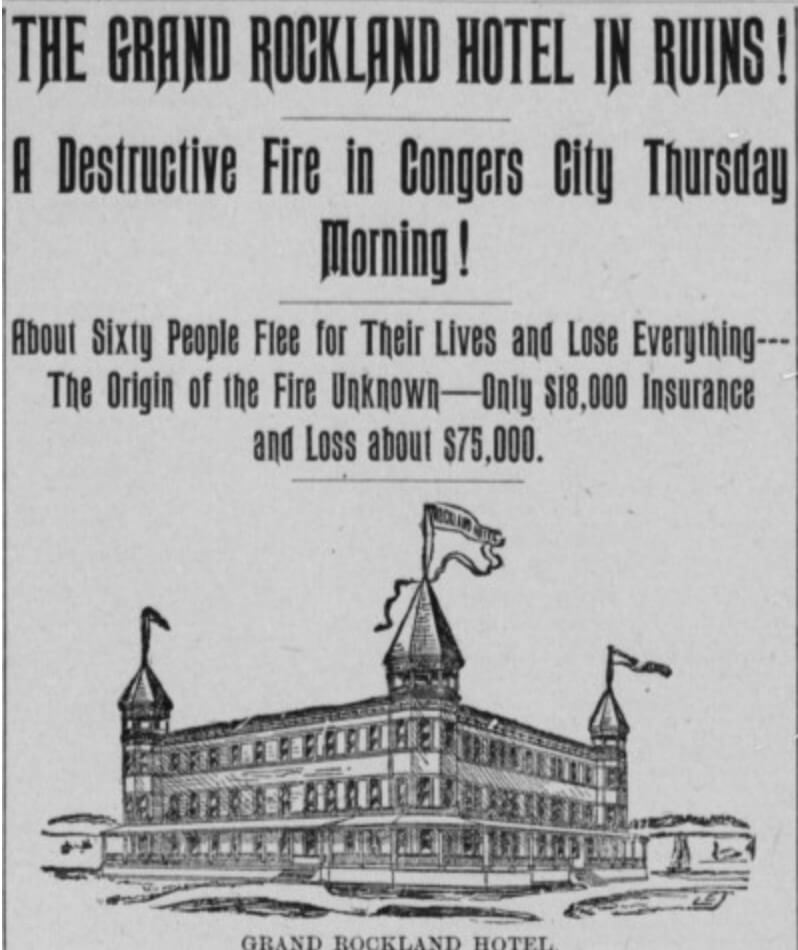
Though its builders vowed to rebuild, the hotel never rose again. Locals came to call it McGinnis’s Folly, in part because it had been underinsured by one of the owners.
Sylvan Grove’s Legacy
The laughter of children, music from brass bands, the creak of dance floors, and the hum of well-dressed picnickers once echoed beneath Rockland Lake’s trees.
Today, those sounds have been replaced by golf courses, swimming pools, and parking lots—but the land remains protected. And if you walk the lakeside promenade near the nature preserve and listen carefully, you might just hear faint echoes of a distant summer:
Dance steps on wooden boards. The splash of lake water. A brass band warming up. And the laughter of a 19th-century crowd under the trees.
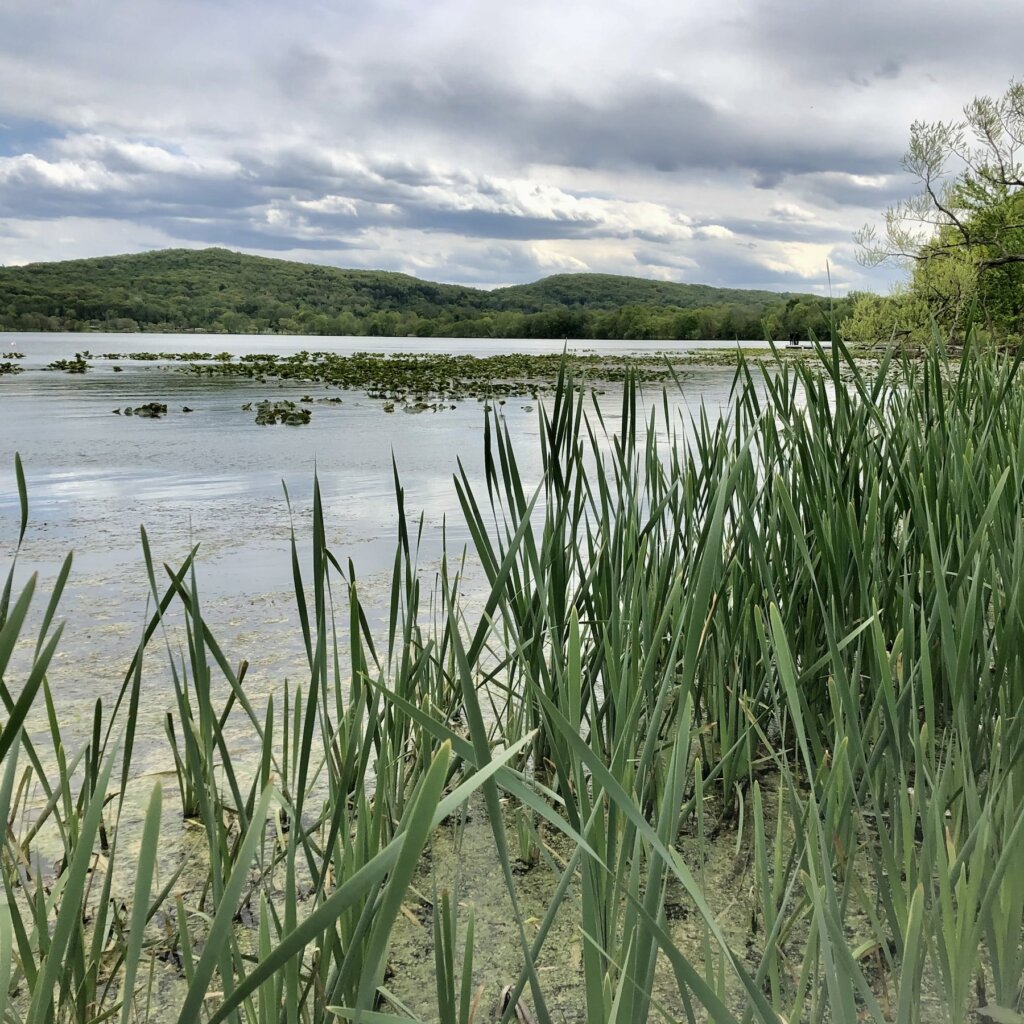
Mike Hays lived in the Nyacks for 38-years. He worked for McGraw-Hill Education in New York City for many years. Hays serves as President of the Historical Society of the Nyacks, Vice-President of the Edward Hopper House Museum & Study Center, and Upper Nyack Historian. Married to Bernie Richey, he enjoys cycling and winters in Florida. You can follow him on Instagram as UpperNyackMike.
Editor’s note: This article is sponsored by Sun River Health and Ellis Sotheby’s International Realty. Sun River Health is a network of 43 Federally Qualified Health Centers (FQHCs) providing primary, dental, pediatric, OB-GYN, and behavioral health care to over 245,000 patients annually. Ellis Sotheby’s International Realty is the lower Hudson Valley’s Leader in Luxury. Located in the charming Hudson River village of Nyack, approximately 22 miles from New York City. Our agents are passionate about listing and selling extraordinary properties in the Lower Hudson Valley, including Rockland and Orange Counties, New York.

About Sun River Health: Sun River Health is a network of 48 Federally Qualified Health Centers (FQHCs) providing primary, dental, pediatric, OB-GYN, and behavioral health care to over 250,000 patients annually. With a dedicated staff of 2,000 doctors, nurses, and health care professionals, we pride ourselves on delivering high-quality, affordable care to those who need it most. Sun River Health started in 1975 when four African American mothers started efforts to open our first health center in Peekskill, New York to deliver accessible, high-quality, affordable health care services to patients in need – no matter their race, religion, income, or insurance status. Today, after more than 45 years of service, Sun River Health is still delivering on that promise to communities across the Hudson Valley, New York City, and Long Island. For more information, visit sunriver.org

